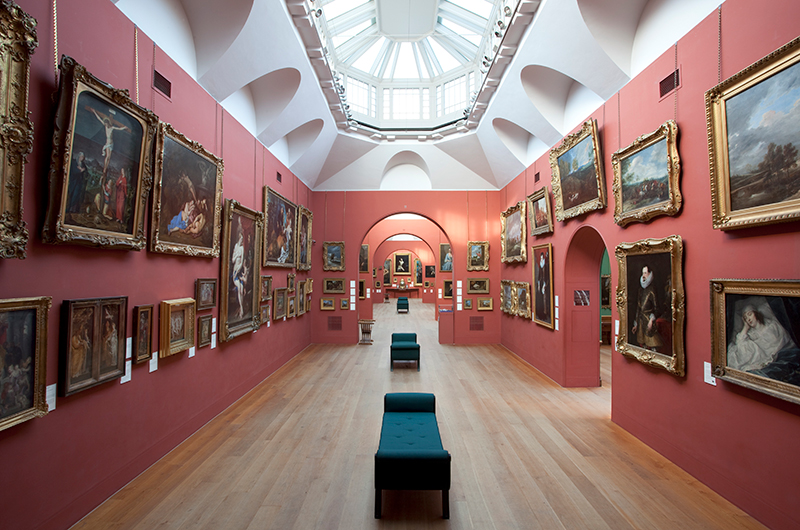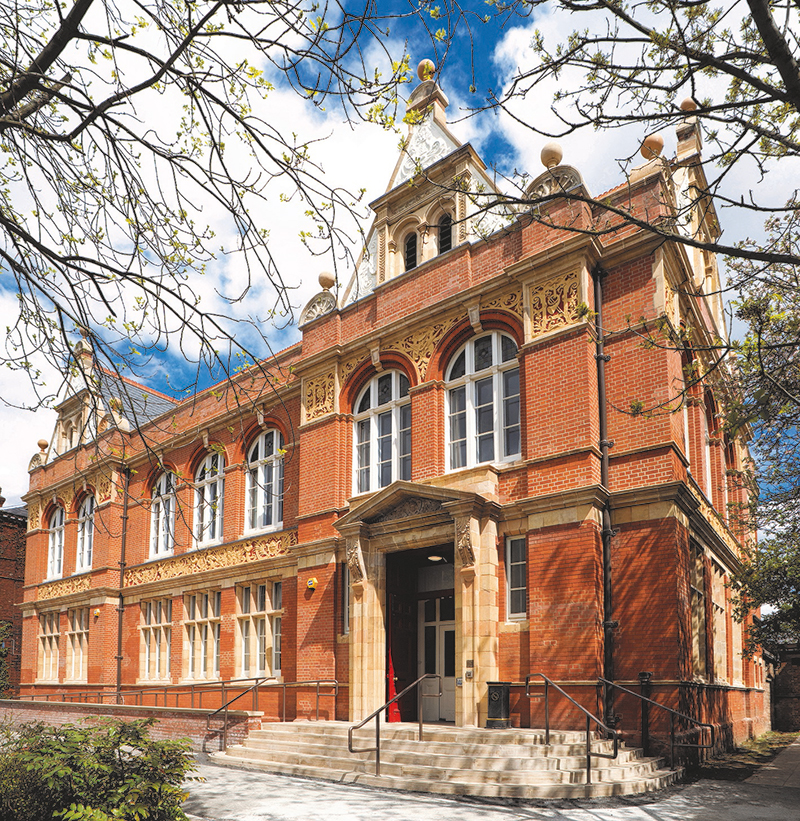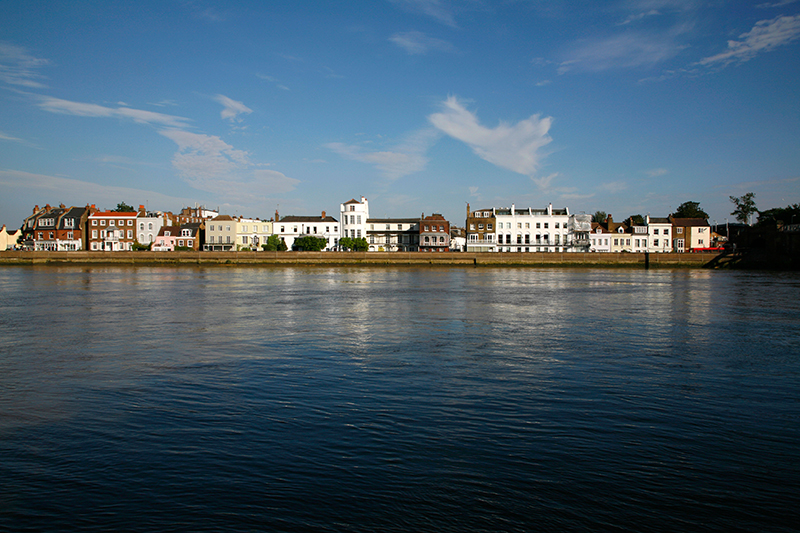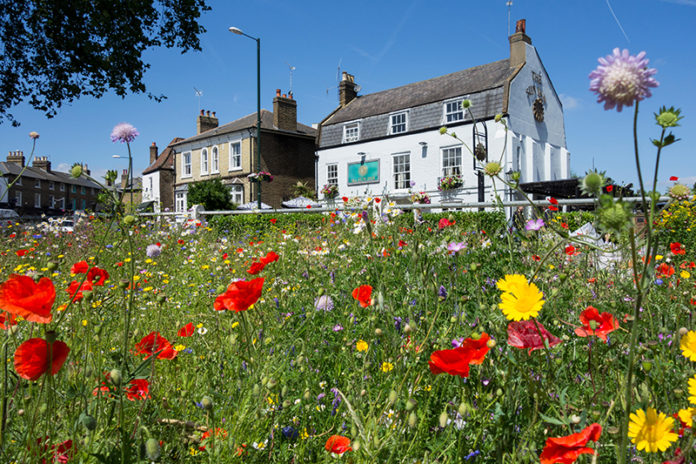The villages of south London retain distinct identities amid the capital’s cosmopolitan bustle. Here, we reveal some of the highlights
Londoners often claim their city is made up of a series of villages. While this might be hard to believe when you’re surrounded by a maelstrom of traffic on Piccadilly Circus, pockets of tranquillity can still be found, in the charming villages that were absorbed into London’s urban sprawl in the 18th and 19th centuries.
Dulwich

First recorded as Dilwihs in a charter in AD 967, Dulwich in southeast London is one of the capital’s oldest villages. True to its name, which means ‘the meadow where dill grows’, the area’s leafy lushness is its main draw, from Dulwich Park, where highwaymen once preyed on the local nobility, to Dulwich Wood, where Charles I liked to hunt deer.
Highlights: Christ’s Chapel, Dulwich College, Dulwich Picture Gallery
Blackheath

Just a few miles down the road is Blackheath, its wild and windswept heath dating back to medieval times and steeped in history. It was the gathering point for Wat Tyler’s rural rabble in the Peasants’ Revolt of 1381, and 20,000 citizens on horseback crowded onto the heath to greet a triumphant Henry V when he returned from the Battle of Agincourt in 1415.
It was here too that Henry VIII met his fourth wife, Anne of Cleves, in 1540. “She is nothing so fair as she hath been reported,” Henry grumbled; he divorced her just six months later. These days, Blackheath is a more peaceable place, its heath frequented by dog-walkers and kite-flyers, and bordered by handsome Georgian houses and Regency villas. The aptly named Tranquil Vale, the quaint high street, is home to a florist, a butcher and a baker, as well as some good independent boutiques.
Highlights: Blackheath Halls
Barnes

Over in southwest London, nestled in a bend of the River Thames, Barnes appears in the Domesday Book as “Berne” (meaning barn, as grain was stored in the barns that once stood here). For centuries, it was a remote farming village, surrounded by land that was owned by the Dean and Chapter of St Paul’s Cathedral. It gained prestige when, following the sealing of Magna Carta at Runnymede in 1215, Archbishop Stephen Langton stopped off at Barnes to dedicate St Mary’s Church.
Highlights: St Mary’s Church, Barnes Pond, Barnes Trail, London Wetland Centre
THE PLANNER
Getting there
Trains run every 15 minutes from London Victoria to West Dulwich and from London Bridge to North Dulwich. For Blackheath, take a train from London Victoria (every 30 minutes), and for Barnes, there are frequent services from London Waterloo.






 © 2024
© 2024